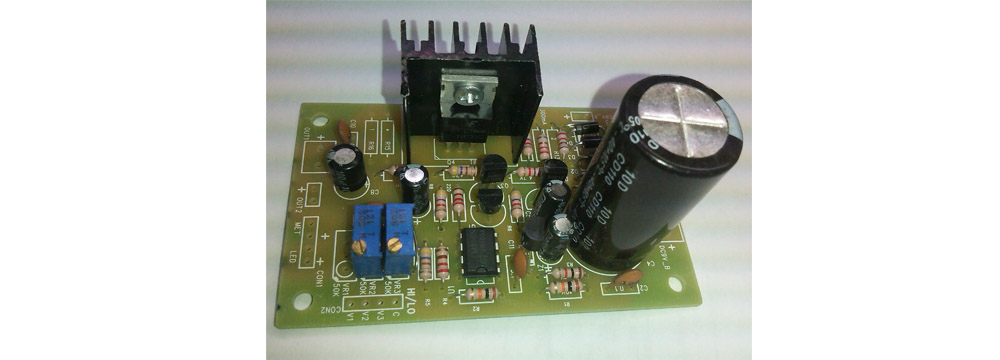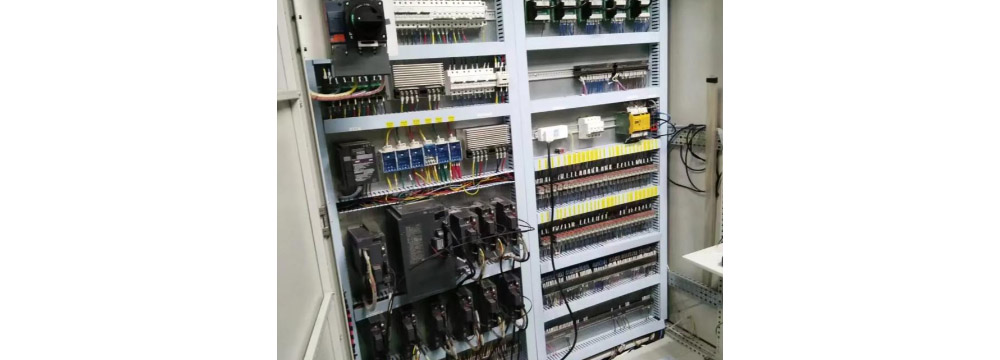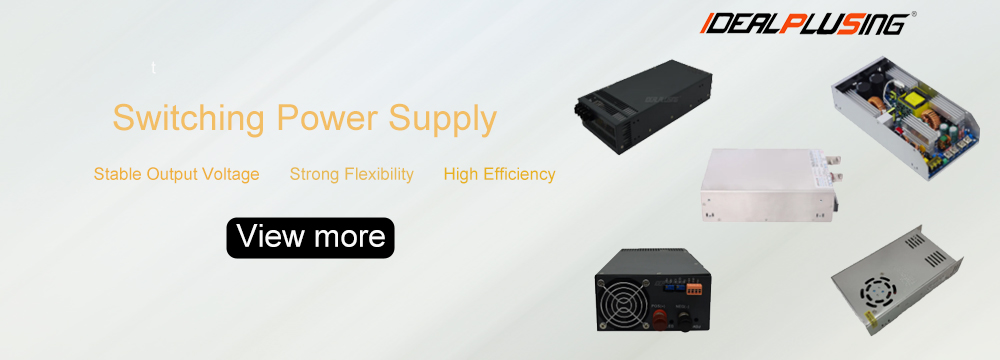Switching power supplies are widely used in modern electronic devices due to their high efficiency and flexibility. However, during startup and operation, switching power supplies often generate inrush current, which can damage not only the power supply itself but also affect the normal operation of other connected devices. In-depth analysis of the causes of inrush current in switching power supplies is crucial for optimizing power supply design and improving device reliability.
Capacitor Charging Causes Inrush Current
Instantaneous Charging of Input Filter Capacitors
Switching power supplies typically include a filter capacitor in the input circuit to filter out high-frequency noise and ripple in the power supply input and ensure input voltage stability. At the moment a switching power supply is turned on, the input filter capacitor acts as a short circuit. Since the voltage across the capacitor cannot change suddenly, the power supply voltage is applied instantaneously to the capacitor, resulting in a large charging current, which generates an inrush current. Assuming the input filter capacitor is 100μF and the power supply voltage is 220V, according to the capacitor charging current formula (I = C (dV/dt), at the moment of turn-on, dt approaches 0, and dV is the power supply voltage of 220V, theoretically, the charging current should approach infinity. Although current is limited by factors such as line resistance in actual circuits, this transient charging current can still reach several amperes or even higher, impacting the power supply and power grid.

Impact of Output Capacitor Charging
In addition to the input filter capacitor, a switching power supply also has capacitors at its output to stabilize the output voltage and improve load characteristics. When the switching power supply starts up, the output capacitor voltage is also zero. As the power supply begins operating, the output voltage gradually rises, and the capacitor begins to charge. This charging process causes a rapid increase in output current over a short period of time, generating an inrush current. If the output capacitor is large and the load is sensitive to current fluctuations, this inrush current can damage the load. In devices requiring extremely stable power output, such as precision electronic instruments, the inrush current generated by output capacitor charging can interfere with instrument operation, leading to measurement errors or even equipment failure.
Inductor Energy Storage and Release Causes Inrush Current
Impact of Transformer Inductance
The transformer in a switching power supply is a key component for voltage conversion and electrical isolation. The transformer windings have inductance, and during operation, the inductor stores energy. When the switch turns on, current flows through the transformer's primary winding, causing the inductor to store energy and the current to gradually increase. However, when the switch turns off suddenly, the current in the inductor cannot instantly return to zero. According to Lenz's law, the inductor generates a reverse electromotive force (EMF) that attempts to maintain the current constant. This reverse electromotive force, combined with the power supply voltage, causes the voltage across the transformer's primary winding to rise momentarily, generating a large inrush current in the circuit. In a flyback switching power supply, when the switch turns off, the load connected to the transformer's secondary winding will freewheel through the diode, releasing the inductive energy in the transformer's primary winding into the secondary winding. If the transformer is not designed properly, excessive inductor energy can be stored. This energy, released at the moment the switch turns off, can result in a large inrush current, potentially damaging the switch and other circuit components.
Synergy of Inductors
In addition to the transformer, switching power supplies may also contain other inductive components, such as common-mode inductors and differential-mode inductors, to suppress electromagnetic interference. These inductive components also participate in the energy storage and release process during the switching power supply's operation. When a switching power supply starts up or experiences a sudden load change, these inductive components interact with the transformer inductance, potentially exacerbating inrush current. When the load suddenly increases, the power supply needs to provide more energy. At this point, the inductive component releases stored energy, which, combined with the power supply's output current, causes a transient increase in current, resulting in inrush current. In some industrial automation equipment, the frequent load changes in switching power supplies, combined with the inductive components, can exacerbate inrush current issues, necessitating specialized circuit designs to mitigate this.
Relationship between Load Characteristics and Inrush Current

The Impact of Capacitive Loads
When a switching power supply is connected to a capacitive load, such as electronic devices with a large amount of capacitance, the capacitance of the capacitive load needs to charge when the power is turned on. This increases the startup current and, consequently, the inrush current. In the power supply systems of some communication base stations, the circuit boards within the base station equipment contain numerous decoupling capacitors. These capacitors charge simultaneously when the switching power supply is turned on, significantly increasing the startup inrush current. If the power supply is not designed to withstand this high current surge, startup failure or damage may occur.
Effects of Inductive Loads
Inductive loads, such as motors and transformers, also contribute to inrush current when powered by a switching power supply. The current in an inductive load cannot change suddenly. At the moment the power is turned on, the inductance hinders the current rise, requiring the power supply to provide a higher current to overcome the inductance. As the current gradually increases, the inductor begins to store energy. When the power supply voltage or load changes, the inductor releases this stored energy, generating a reverse electromotive force (EMF) and causing inrush current. In some devices using switching power supplies to drive small motors, the inductive load characteristics of the motor at startup can cause the switching power supply to generate large inrush currents, potentially affecting the motor's proper startup and operation, and even damaging the power supply.
Switching power supplies generate inrush current for a variety of reasons, including capacitor charging, inductive energy storage and release, and load characteristics. These factors intertwine and influence the current fluctuations during the startup and operation of the switching power supply. During the design of a switching power supply, these factors must be fully considered. By rationally selecting circuit component parameters, optimizing circuit topology, and employing effective inrush current suppression measures, the impact of inrush current can be reduced, ensuring stable and reliable operation of the switching power supply and improving the overall performance and service life of electronic equipment. With the continuous development of electronic technology, research on the inrush current problem of switching power supplies will continue to deepen, providing more comprehensive theoretical support and solutions for power supply design.
Share our interesting knowledge and stories on social media














